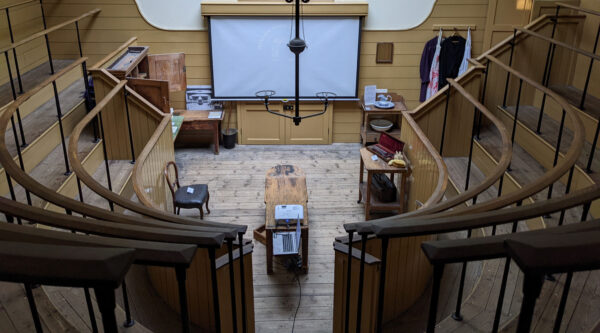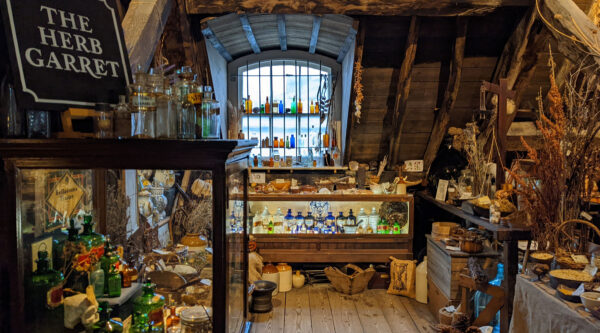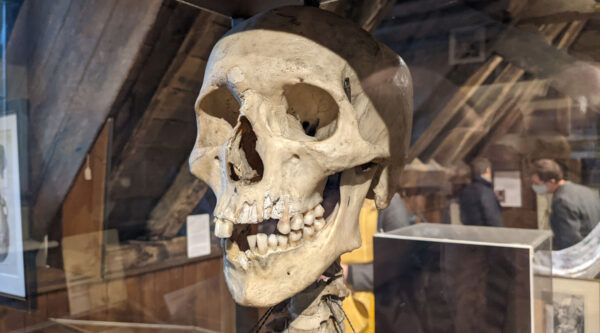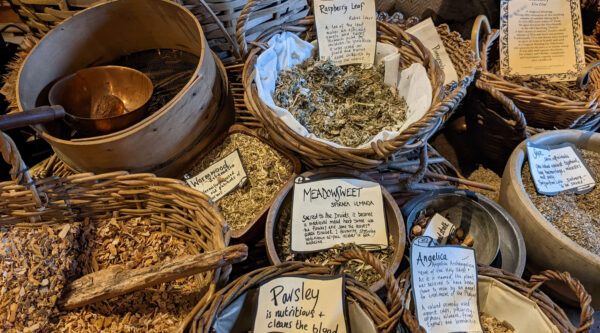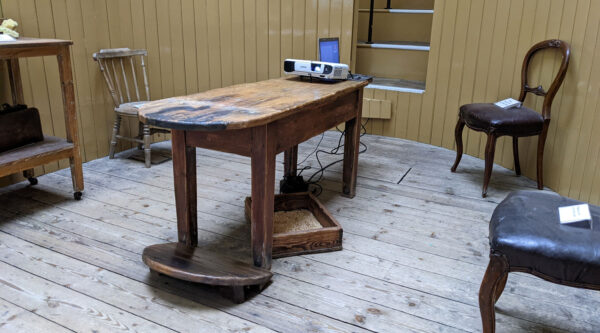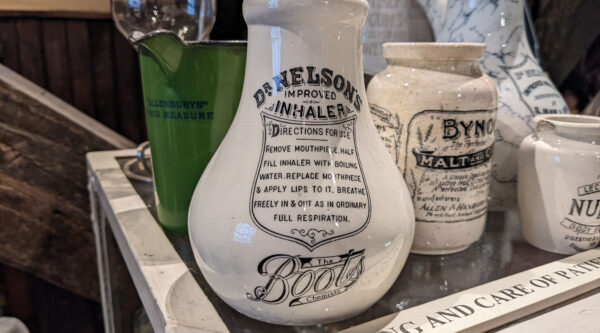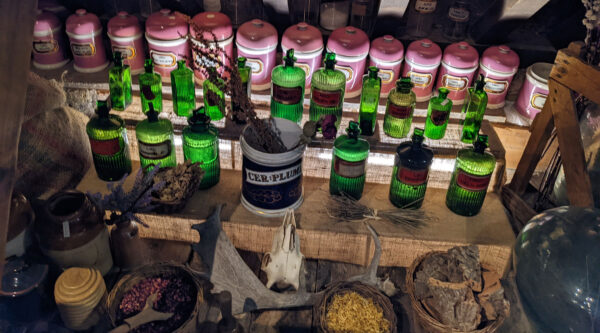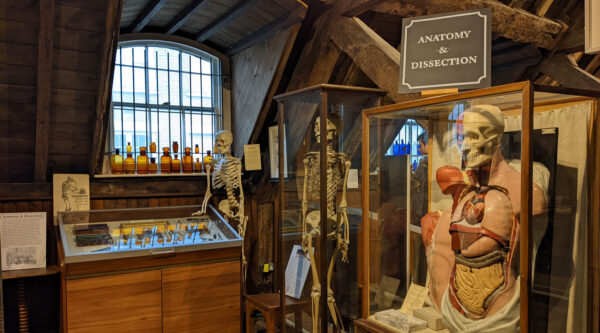Hidden away above an old church next to London Bridge station is one of the earliest surviving medical operating theatres, and it’s also open to the public.
Opened 200 years ago inside the roof of the old church as an operating theatre for women, it was literally a theatre, with rows of raised stands around for people to watch the surgery, which in an age before anaesthetic, had to be carried out as fast as possible.
A women’s medical ward stood next to the operating theatre, and once a week, at midday when there would be plenty of light coming through the skylight, women who were likely to die if not operated on were wheeled in for a quick slice and stitch. Survival rates were far lower than we’d expect today, but given the choice between a chance of survival, or weeks of lingering death from infections, many people would take the saw over the coffin.
The operating theatre was closed in 1862 when St Thomas’s Hospital moved to Waterloo, and then entirely forgotten — until 1956, when organologist and antiquarian Raymond Russell rediscovered it while investigating the church’s attic and with support from surgeons and medical practitioners of the day, the Museum that now occupies the site opened in 1962. To visit to the museum this year is a double anniversary – the 200th year the theatre opened, and the 60th anniversary of its reopening as a museum.
Being based in the roof of a former church, entry is up a narrow winding stone staircase – access via a lift is possible if arranged in advance — and then into the wooden rafters of a room packed full of medical tools and ever so many medicinal herbs.
This was the herb garet, as essential to an 18th-century doctor as a cupboard full of pills is to a 21st-century doctor.
It’s a fantastically atmospheric space, all woody and smelly and filled with Victorian bottles filled with poisons (don’t drink), baskets of spices and herbs (do sniff), and a few skeletons to scare the kids (don’t touch). It’s the sort of space that people brought up on Harry Potter will probably love to visit.
If you turn up on a random day you can wander around the garet and into the operating theatre, but book a ticket when there’s a demonstration, and out comes a sharp knife, a volunteer from the audience, a blood-stained cloak, and plenty of scenes that’ll make some people cringe. Although it’s a bloodless display of how surgery took place, it’s a graphic reminder of how brave and desperate the ladies had to be to agree to go under the surgeon’s knife.
A visit to the museum is to take in a lost world that was on the cusp between folk medicine and modern science. You can visit to learn about early medicines and surgery, or just to soak up the wonderfully atmospheric roof rafters space it occupies.
The live demonstrations take place roughly monthly and need to be booked in advance from here. Otherwise, the museum is open Thursday-Sunday from 10.30am until 5pm, and as it’s a small space, they recommend booking in advance, from here.

